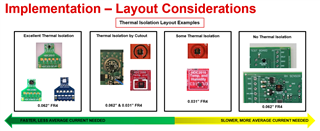Hi Team,
could you help to know how we should utilize heater function depending on external environment?
- what event/output data result should trigger the heater on?
- what event/ output data result should trigger the heater off?
--> fixed time? any temperature? or anything else?
- once we use heater, do we have any cooling time(the time we should wait from 1st heating to 2nd heating)?
I found following e2e and if you made guide for heater, could you share it with me?
"I will do my best here to try to guide you here - and it is a topic that I think deserves more attention in our documentation, which is on me now - so look for future updates to cover this topic. "
Regards,
Kai


